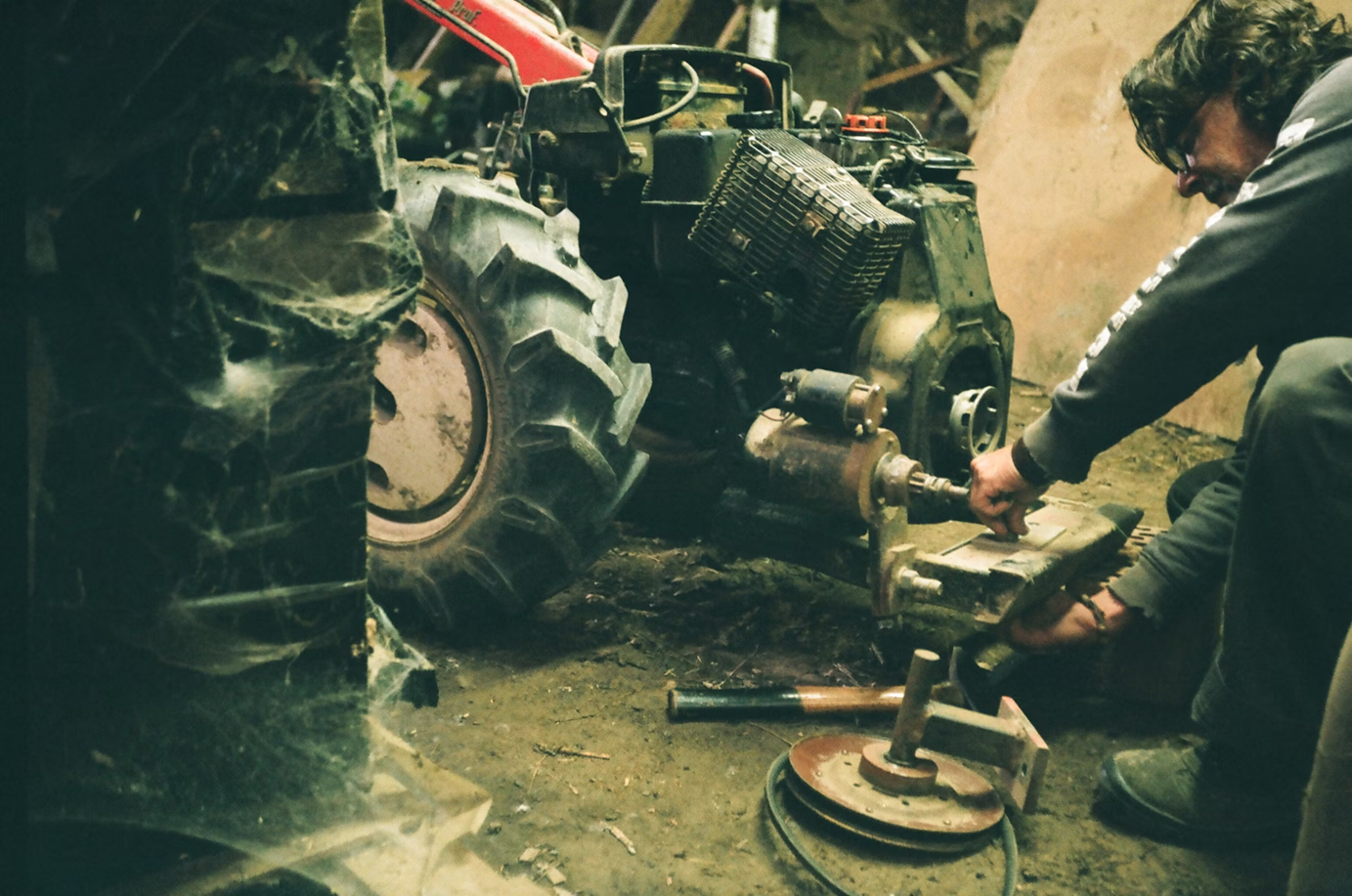Top 10 Farm Equipment Maintenance Tips for 2025

Your machines are the heart of your farm. Tractors, combines, and other gear keep your fields humming, but only if you give 'em a little TLC. With 2025 bringing new seasons and challenges, staying on top of farm equipment maintenance can save you headaches and keep your operation running smooth. Here's our list of 10 practical tips to keep your fleet in top shape, straight from one farmer to another.
1. Stick to a Maintenance Schedule
Preventive maintenance is where it's at for equipment management. Set up a schedule for daily, weekly, and seasonal checks on your tractors and combines—think engines, hydraulics, and belts. Your operator's manual, like the ones from John Deere, will spell out what's needed. We've been using a digital tool called Tractorlog to track tasks and send reminders, and it's a game-changer for staying organized.

2. Keep an Eye on Filters
Filters are your machinery's first line of defense against dirt and debris. Check oil, air, fuel, and hydraulic filters regularly, and swap 'em out when they're clogged. In the Corn Belt, checking filters before spring planting is a must to handle dusty conditions. An Agriculture.com guide says this simple step can cut repair costs big time. Last season, we caught a clogged air filter just in time, saving our combine from a rough day.
3. Check Fluids Like Your Crop Depends on It
Your equipment needs good fluids—engine oil, coolant, hydraulic fluid, grease—to keep going strong. Check levels often and use quality stuff, like John Deere's Plus-50™ II oil, made for heavy-duty farm gear. Cloudy coolant or gritty oil means trouble, so don't skip this. We learned the hard way when low hydraulic fluid slowed us down mid-planting.
4. Don't Sleep on Tire Maintenance
Tires take a beating in the field, but they're key to tractor and combine performance. Check pressure before every use—aim for 25–30 PSI for most field conditions—and look for cuts or wear. Use a digital pressure gauge for accuracy. Underinflated tires burn more fuel and mess with traction, which nobody's got time for during harvest.
5. Go Digital for Fleet Management
Farming ain't what it used to be, and digital tools can make equipment management a breeze. Apps like Tractorlog let you track maintenance, store manuals, and check your fleet from your phone. It's helped us stay on top of our John Deere tractors without drowning in paperwork. For more on digital farming, Farm Progress has some solid reads.

6. Clean Your Gear After Every Job
Dirt and crop residue can really mess up your gear if you let 'em sit. Hose down tractors and combines after use, especially undercarriages and radiators. A clean machine's easier to check for issues and won't rust or attract critters. We make it a post-harvest ritual to keep our equipment looking sharp.
7. Test Electrical Systems and Batteries
Modern equipment's loaded with tech—GPS, auto-controls, you name it. Check wiring for wear and test batteries to make sure they're holding a charge. Cold mornings in 2025 can kill a weak battery, so swap it out early. John Deere's universal batteries have been reliable for us. Last fall, we dodged a breakdown by spotting a frayed belt during a quick check.
8. Store Equipment Right
Off-season storage keeps your investment safe. Park tractors and combines in a dry, covered spot to block rain, snow, and sun. Before storing, do a full check—drain fluids if needed, grease parts, and unplug batteries. This gets your gear ready for spring without a hitch. Our barn's our best friend come winter.

9. Train Your Crew on the Basics
Your team's gotta know their stuff to keep equipment humming. Teach 'em daily checks, safe operation, and how to spot trouble like weird noises or leaks. Get 'em to flag issues fast to avoid big repairs. AgDaily has good tips on crew training that we've used to keep everyone sharp.
10. Stay Tight with Manufacturer Support
Big names like John Deere are rolling out self-repair tools in 2025, like Customer Service ADVISOR™ and Operations Center™ for diagnostics. Keep in touch with your dealer for parts, manuals, and remote help. It's saved us time and cash on small fixes we can handle ourselves. A 2024 McKinsey Global Farmer survey found 68% of farmers cut repair costs with regular maintenance like this.
Final Thoughts
Keeping your farm equipment in top shape for 2025 doesn't have to be a chore. These 10 tips will help you cut downtime and get the most from your fields, whether you're running a small setup or a big fleet. Got a favorite maintenance trick? Drop it in the comments—we'd love to hear it!
Want to make maintenance even easier? Check out a digital tool like Tractorlog to track and schedule tasks. Visit their site to see how it fits your farm. Here's to a smooth, productive season!